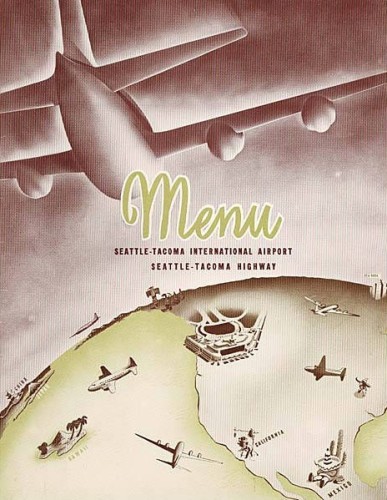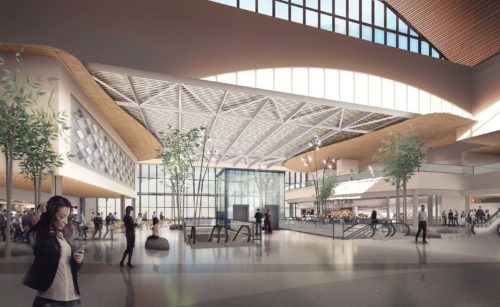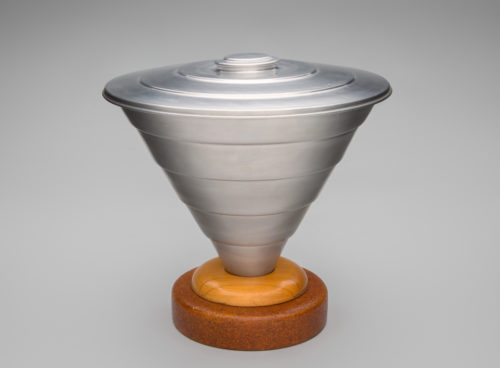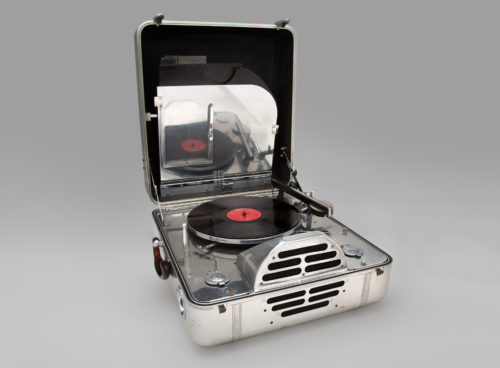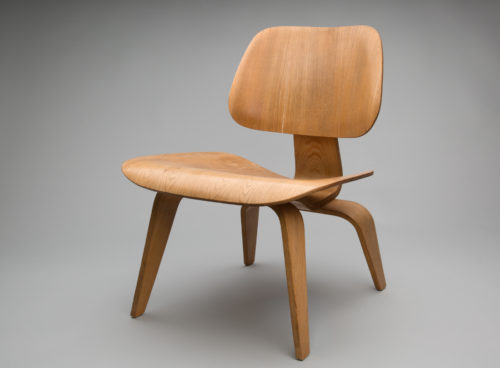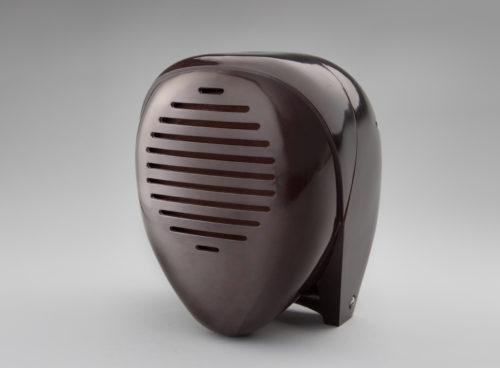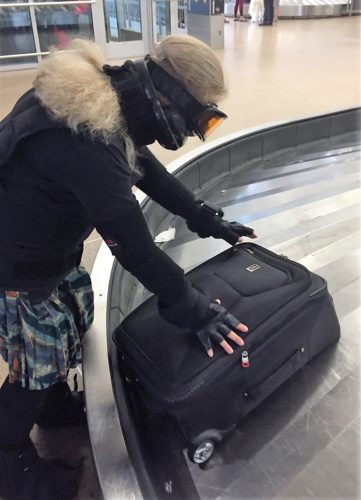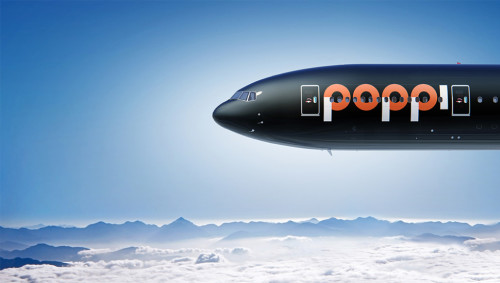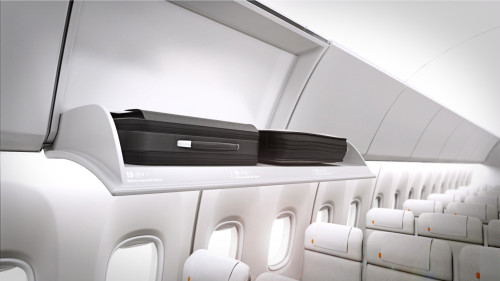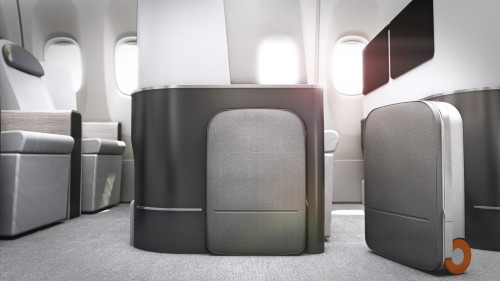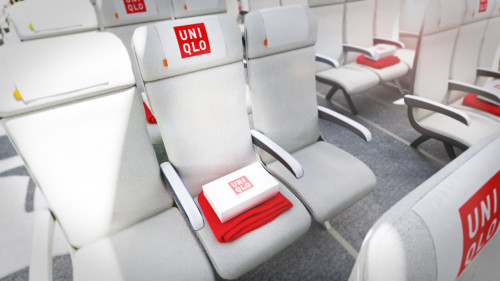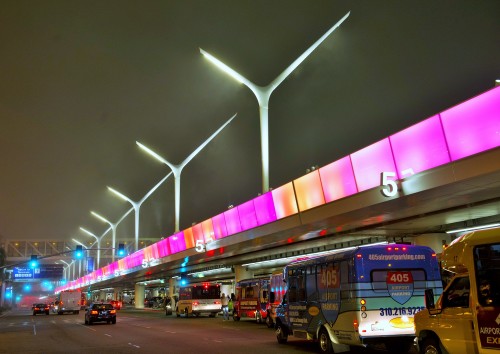One of the things I love about my home-base airport, Seattle-Tacoma International Airport, is its history and the fact that, over the 30 years I’ve lived in Seattle, I’ve seen a lot of positive changes in the facilities.
Now there’s more. The Port of Seattle just released details, animated videos and renderings of what’s in store for the 40-year old North Satellite terminal, where Alaska Airlines is the sole tenant.
They’re here! See final design images for the modernization of the North Satellite. https://t.co/76oWXydJUl pic.twitter.com/VZqKiNub80
— Sea-Tac Airport (@SeaTacAirport) September 13, 2016
Groundbreaking for the $636 million NorthSTAR project (“North Sea-Tac Airport Renovation”) is scheduled for the first quarter of 2017 with phase one complete in 2019 and the full facility upgrade opening in 2021.
The project will add eight new gates with a 240-foot extension of the building to the west, add an upper level mezzanine, more than double the existing dining and retail square footage, and introduce a rooftop Alaska Airlines lounge with views of the Olympic Mountains.
In addition to bringing in more light and more amenities the project promises a living wall and rainwater collecting system that will supply flushing water to the restrooms throughout most of the year.
Other improvements we look forward to include more seating areas and power outlets and more robust Wi-Fi connectivity.
While Alaska is the major tenant in the North Satellite – which is accessed by a short underground train ride from the main terminal – the carrier will continue operating its Horizon Air regional flights out of Concourse C.
Sea-Tac is in need of larger, better facilities. Through July of 2016, traffic is up nearly 10 percent, after increases of nearly 13 percent in 2015 and 7.7 percent in 2014. The airport has set annual passenger records for the past five years, totaling 42.3 million in 2015, a 12.9 percent increase from 2014 which was seven percent higher than 2013.
